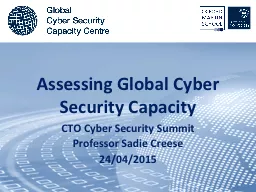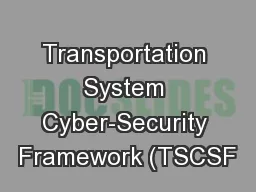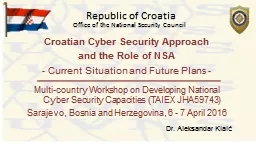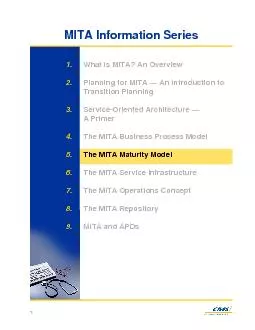PPT-Global Cyber Security Capacity Maturity Model - CMM
Author : volatilenestle | Published Date : 2020-11-06
WSIS Forum 2015 Geneva Dr Maria Bada 25052015 CMM Five Dimensions Startup At this level either nothing exists or it is very embryonic in nature Formative
Presentation Embed Code
Download Presentation
Download Presentation The PPT/PDF document "Global Cyber Security Capacity Maturity ..." is the property of its rightful owner. Permission is granted to download and print the materials on this website for personal, non-commercial use only, and to display it on your personal computer provided you do not modify the materials and that you retain all copyright notices contained in the materials. By downloading content from our website, you accept the terms of this agreement.
Global Cyber Security Capacity Maturity Model - CMM: Transcript
Download Rules Of Document
"Global Cyber Security Capacity Maturity Model - CMM"The content belongs to its owner. You may download and print it for personal use, without modification, and keep all copyright notices. By downloading, you agree to these terms.
Related Documents














